The American landscape hides countless canyons—natural sculptures carved by water and time into the earth’s surface. While famous examples like the Grand Canyon attract millions of visitors annually, numerous lesser-known canyons offer equally spectacular experiences with fewer crowds and more intimate connections to these geological wonders.
Across the country, accessible trails lead hikers into remarkable canyon landscapes that remain relatively undiscovered by mainstream tourism. Here is a list of 15 hidden canyon trails across the United States that combine natural beauty with reasonable accessibility.
Crack-in-the-Ground, Oregon

This volcanic fissure near Christmas Valley remains virtually unknown despite offering one of the most unusual hiking experiences in the Pacific Northwest. The mile-long crack drops up to 70 feet below the surrounding high desert landscape, creating a natural air conditioning effect that keeps temperatures inside 20 degrees cooler than the surface.
Hikers navigate through a narrow passage that occasionally requires minor scrambling over volcanic boulders. The walls display fascinating volcanic textures and occasional patches of vibrant moss where moisture seeps through cracks.
During summer, the temperature difference creates a pleasant microclimate when surface temperatures soar. The trail maintains a flat profile except for the initial descent, making it accessible to most reasonably fit hikers.
Tallulah Gorge, Georgia
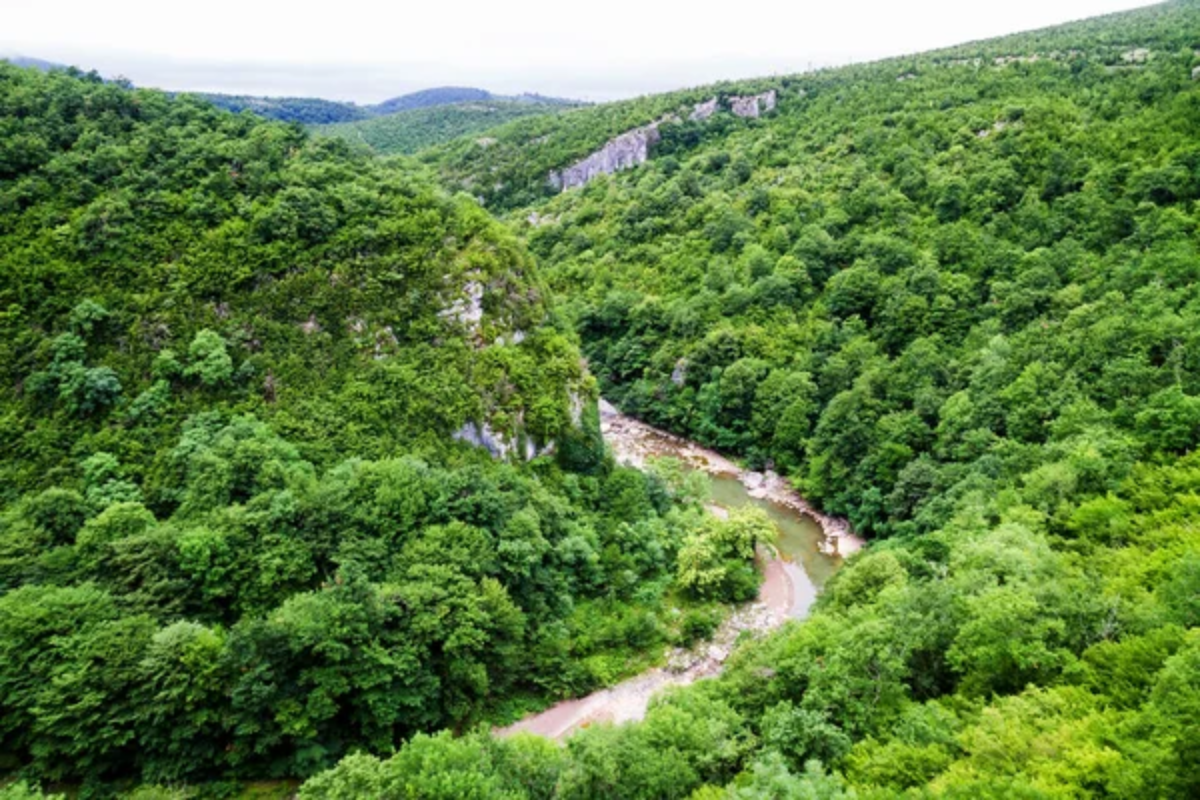
Often overlooked by travelers focused on the southern Appalachian Mountains, this dramatic 1,000-foot-deep gorge features a series of spectacular waterfalls along the Tallulah River. The Hurricane Falls Trail descends via staircases to the gorge floor, crosses a swinging suspension bridge with dramatic views, and then climbs to observation platforms overlooking the torrential falls.
During designated whitewater release weekends, visitors witness the normally peaceful river transform into raging Class V rapids that draw elite kayakers. The gorge historically attracted Victorian tourists who arrived by train specifically to view what was called the “Niagara of the South.”
The trail’s 620 stairs present a cardiovascular challenge on the return climb, but frequent rest platforms make the ascent manageable for most visitors.
Like Travel Pug’s content? Follow us on MSN.
Cathedral Gorge, Nevada
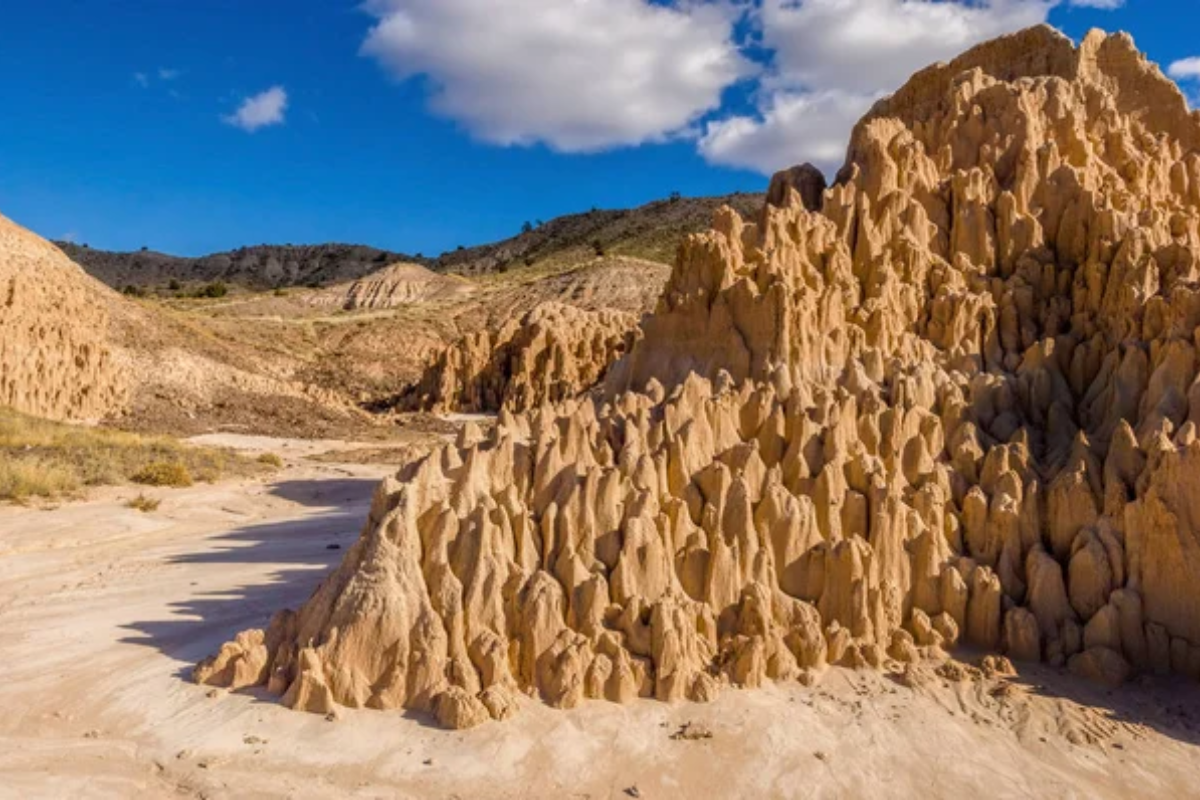
Hidden within Nevada’s high desert, this narrow slot canyon system features fantastic spires and fluted walls sculpted from soft bentonite clay. The network of narrow passages called the “Caves” allows visitors to explore labyrinthine slots that are sometimes narrow to shoulder width.
The Moon Caves Trail leads to chambers where openings in the canyon ceiling create natural skylights, illuminating the pastel-colored walls with dramatic light beams. The trail system offers options ranging from the quarter-mile Juniper Draw Loop to the four-mile Eagle Point Trail that provides panoramic views across the entire formation.
The light-colored sedimentary deposits reflect morning and evening light with remarkable intensity, creating prime photography conditions. Unlike many Southwest canyons, Cathedral Gorge rarely experiences dangerous flash flooding, making it accessible year-round.
Pine Creek Gorge, Pennsylvania

Often called the “Grand Canyon of Pennsylvania,” this 50-mile gorge reaches depths of nearly 1,500 feet yet remains relatively unknown outside the Northeast. The Turkey Path Trail descends 800 feet from Leonard Harrison State Park to the creek bottom through lush forest and past several waterfalls.
During fall, the hardwood forests create a spectacular palette of colors that contrasts dramatically with the dark green pine and hemlock that give the gorge its name. Winter visits reveal ice formations cascading down the canyon walls like frozen waterfalls.
The descent requires reasonable fitness, but the trail’s excellent maintenance and frequent benches make it approachable for most hikers willing to take their time on the return climb.
Canyon Trail at Effigy Mounds, Iowa
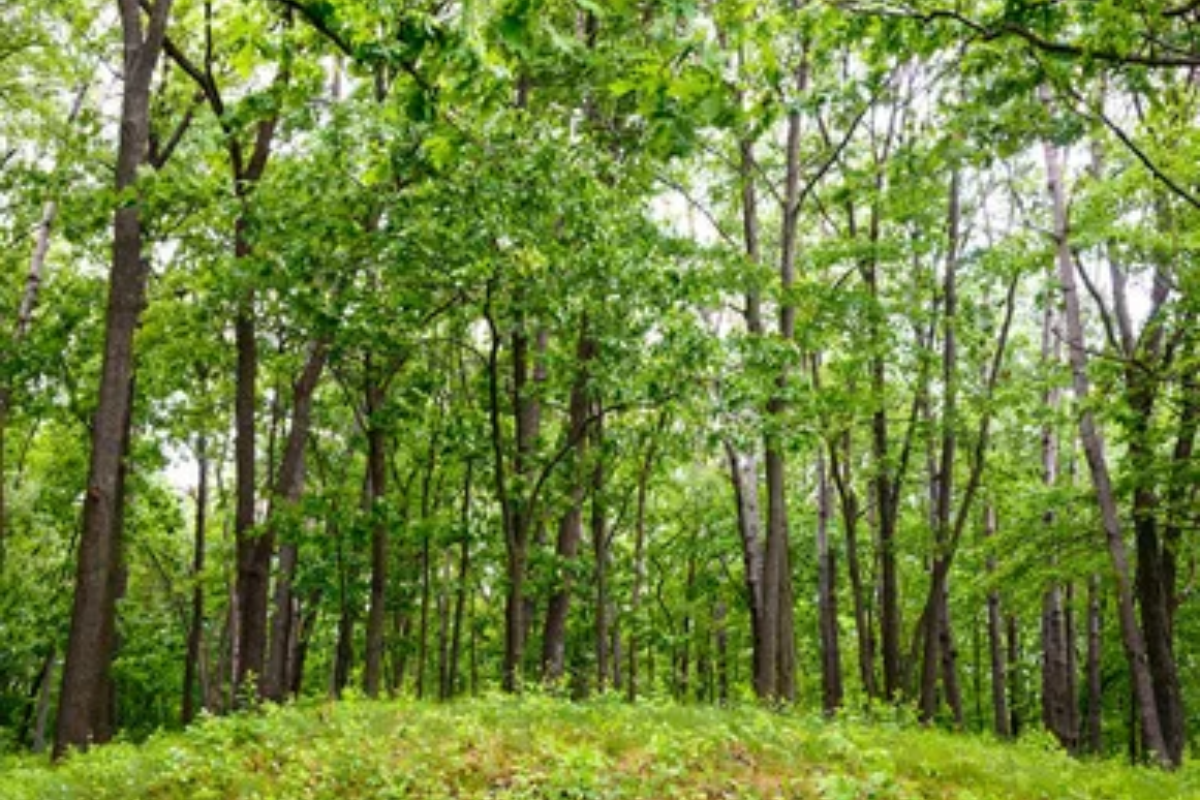
This hidden gem along the Mississippi River bluffs combines natural canyon landscapes with ancient Native American cultural sites. The trail winds through wooded ravines before emerging on dramatic overlooks nearly 400 feet above the Mississippi River.
Along the route, hikers encounter mysterious prehistoric earthworks shaped like bears and birds constructed by ancient peoples between 700 and 1,200 years ago. Spring brings spectacular wildflower displays along the canyon edges, while fall transforms the hardwood forests into a kaleidoscope of color.
The main loop covers just over two miles with moderate elevation changes that most visitors can handle comfortably. The cultural significance adds layers of meaning beyond the natural beauty, creating a uniquely American hiking experience.
Like Travel Pug’s content? Follow us on MSN.
Linville Gorge, North Carolina
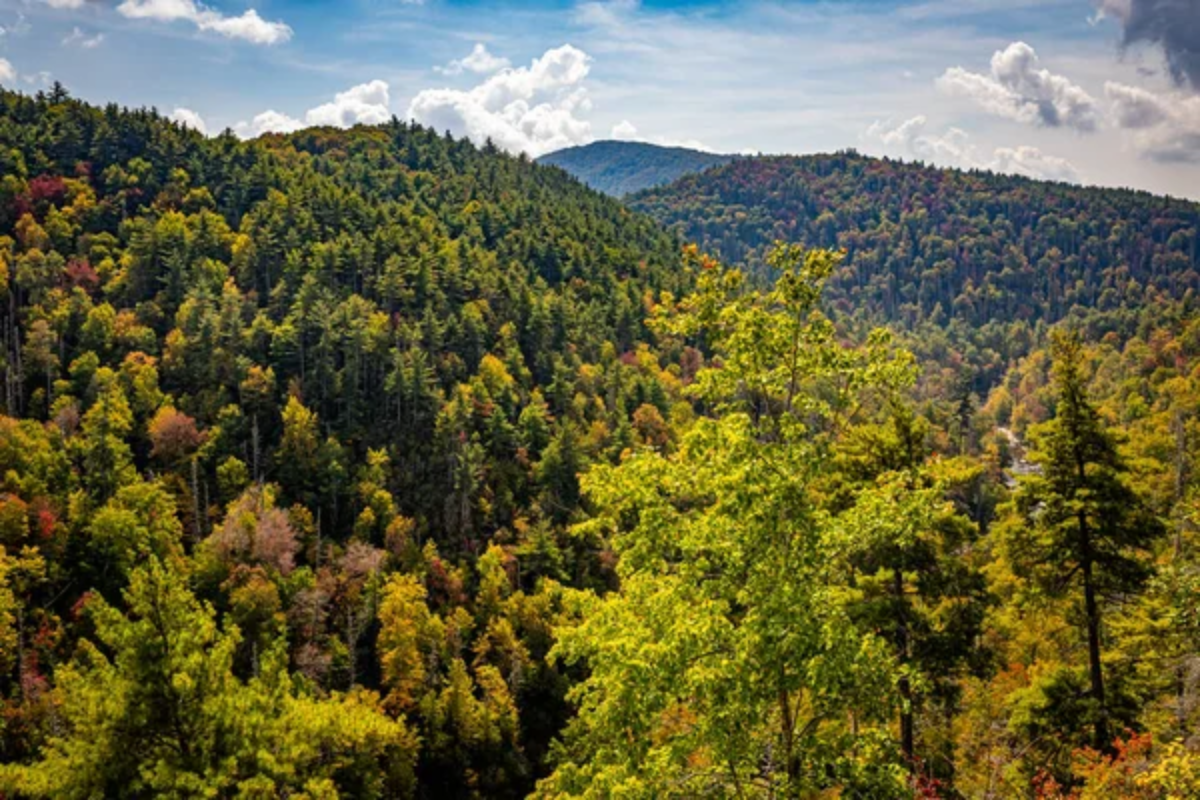
Though well-known to serious hikers in the Southeast, this rugged canyon—called the “Grand Canyon of the East”—remains surprisingly uncrowded compared to its dramatic landscape. The Babel Tower Trail descends steeply for just under a mile to reach the Linville River, passing through old-growth forest before emerging at dramatic rock formations.
The gorge walls rise nearly 1,400 feet from the river, creating a wilderness experience that feels much more remote than its actual location. Massive boulders along the river create natural meditation spots where the sound of rushing water drowns out any remnants of the modern world.
While the trail requires sure footing and reasonable fitness for the climb out, its relatively short length makes it accessible to determined hikers without specialized equipment or extraordinary endurance.
Echo Canyon Trail, Chiricahua National Monument, Arizona
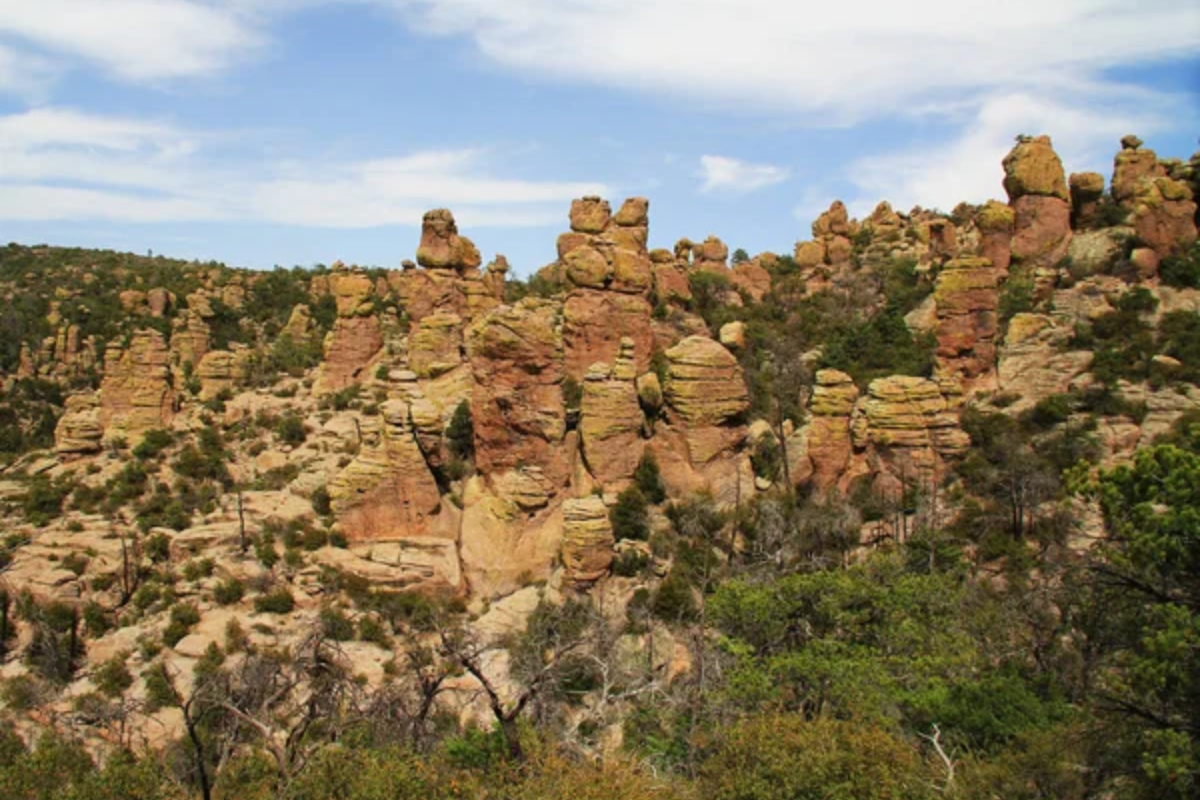
Hidden in southeastern Arizona, the “Wonderland of Rocks” features one of America’s most unusual canyon landscapes filled with balanced rocks and hoodoos created by volcanic activity. The Echo Canyon loop descends through formations that resemble a natural sculpture garden, with countless balancing rocks and columns created through the erosion of volcanic ash deposits.
The trail threads through narrow passages between towering rock walls before opening to panoramic views across the monument’s spectacular formations. Unlike many Southwestern hikes, the route offers significant shade thanks to oak and pine forests growing between rock formations.
Though the complete trail covers nearly four miles with 500 feet of elevation change, multiple shortcut options allow visitors to tailor the hike to their abilities.
The Channels, Virginia
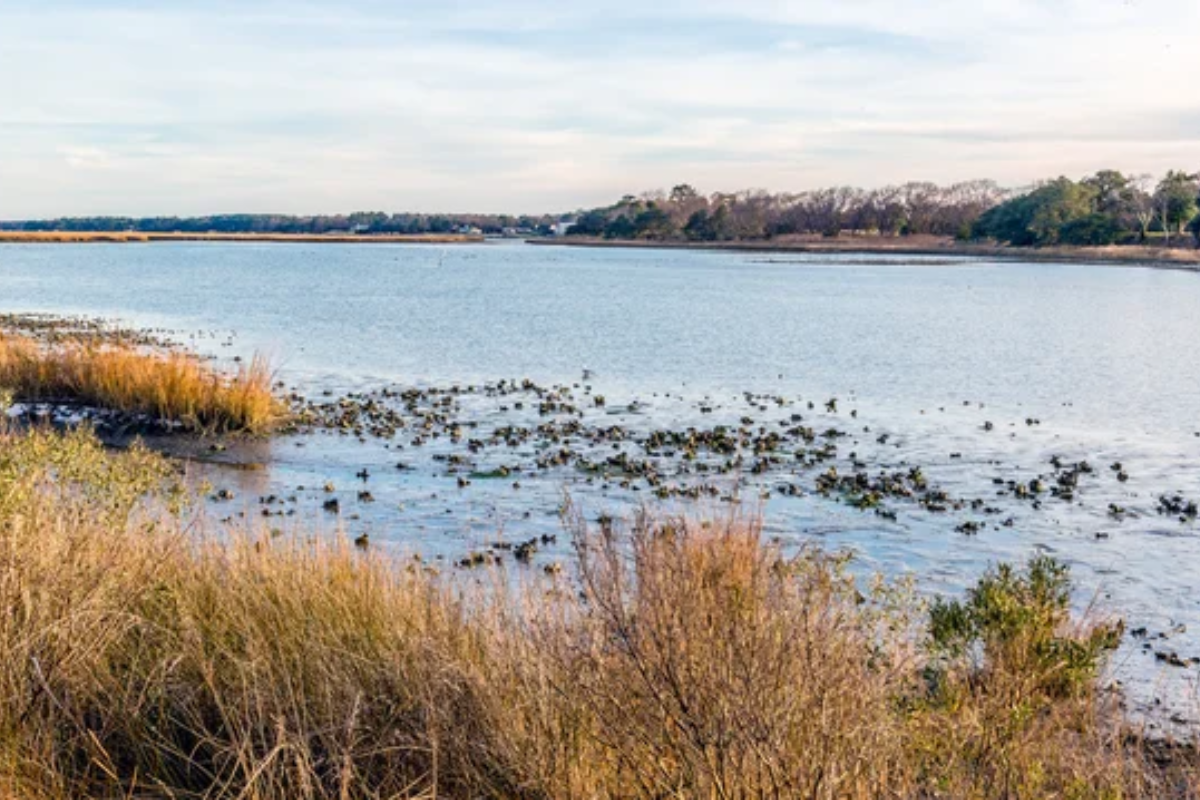
This remarkable sandstone maze remains virtually unknown despite offering one of the most unusual canyon experiences in the eastern United States. The Great Channels of Virginia features narrow passages through 400-million-year-old sandstone that create slot canyons up to 40 feet deep.
Hikers follow a moderate 3-mile trail through hardwood forests before reaching the labyrinth of passages where canyon walls sometimes narrow to just a few feet apart. Moss-covered walls filter sunlight into an ethereal green glow unlike anything else in the Appalachian region.
Unlike western slot canyons, the forest setting means this hidden gem rarely experiences extreme temperatures. The main trail climbs steadily but moderately, making it accessible to hikers with average fitness levels.
Like Travel Pug’s content? Follow us on MSN.
Hidden Canyon, Starved Rock State Park, Illinois
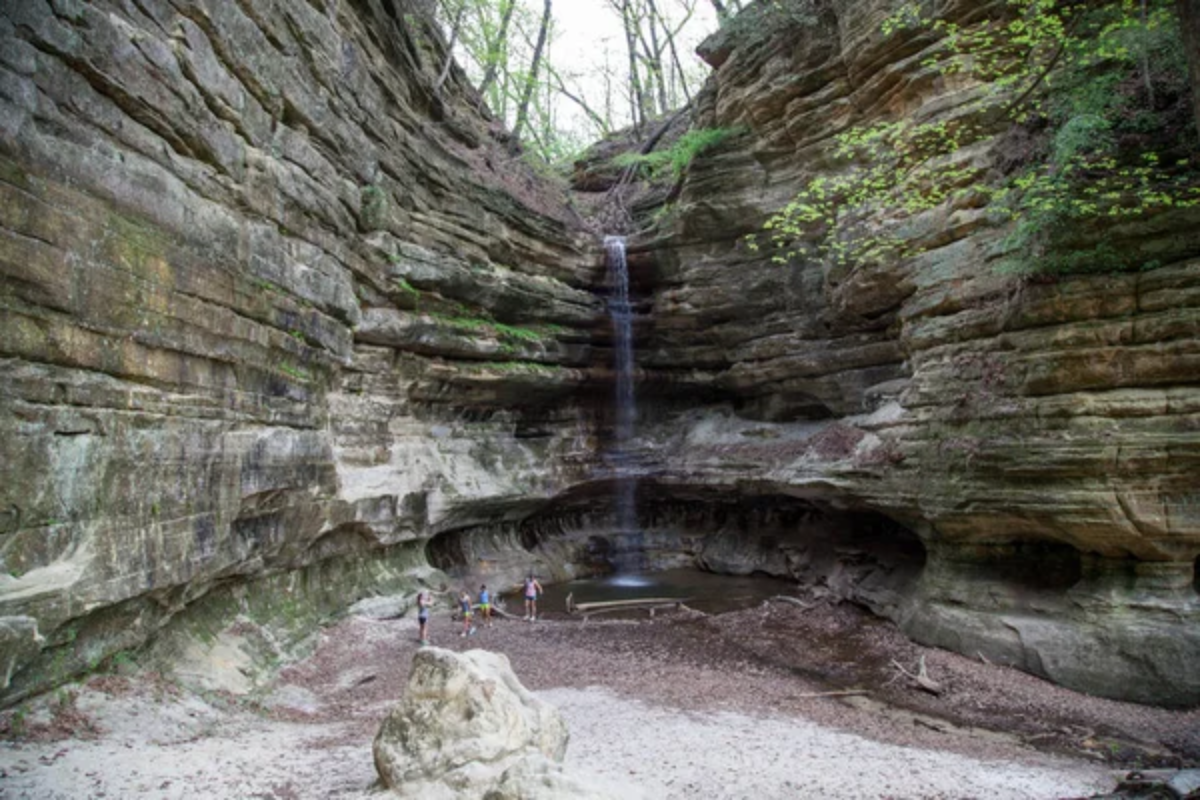
Surprisingly located in otherwise flat Illinois farmland, this network of sandstone canyons carved by glacial meltwater offers Midwest residents accessible canyon exploration without traveling west. The park contains 18 canyons, with Hidden Canyon among the least visited despite its spectacular seasonal waterfalls and towering walls.
The trail follows wooden boardwalks and staircases that protect the fragile environment while providing access to the canyon bottom. During spring runoff and after heavy rains, waterfalls cascade directly across the trail, creating a genuinely immersive experience.
Winter transforms the canyons with massive ice falls that attract ice climbers from throughout the region. The well-maintained trails and modest distances make this canyon experience accessible to nearly all visitors, including families with younger children.
Little River Canyon, Alabama
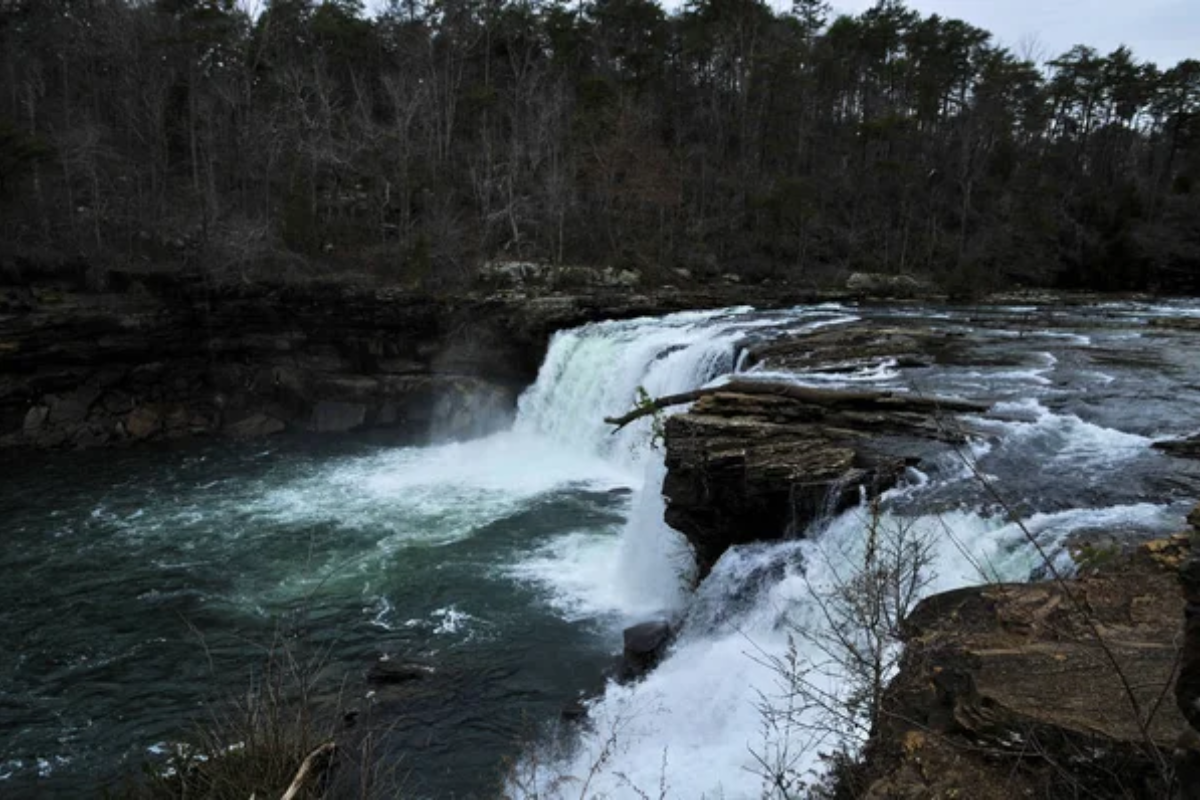
This surprisingly deep gorge carved through the southern Appalachian plateau features both dramatic overlooks and trail access to the canyon bottom. The moderate two-mile Beaver Pond Trail loops through hardwood forest above the canyon, while the more challenging Canyon Mouth Trail follows the river upstream through massive boulder fields and past small rapids.
During spring, the surrounding forest explodes with dogwood and redbud blooms, while fall brings spectacular color to the canyon walls. Swimming pools along the river create natural destinations during hot summer months when the cool water offers perfect relief from Alabama humidity.
The upper trails offer nearly universal accessibility, while the canyon bottom requires moderate scrambling abilities but no technical skills or equipment.
Ausable Chasm, New York
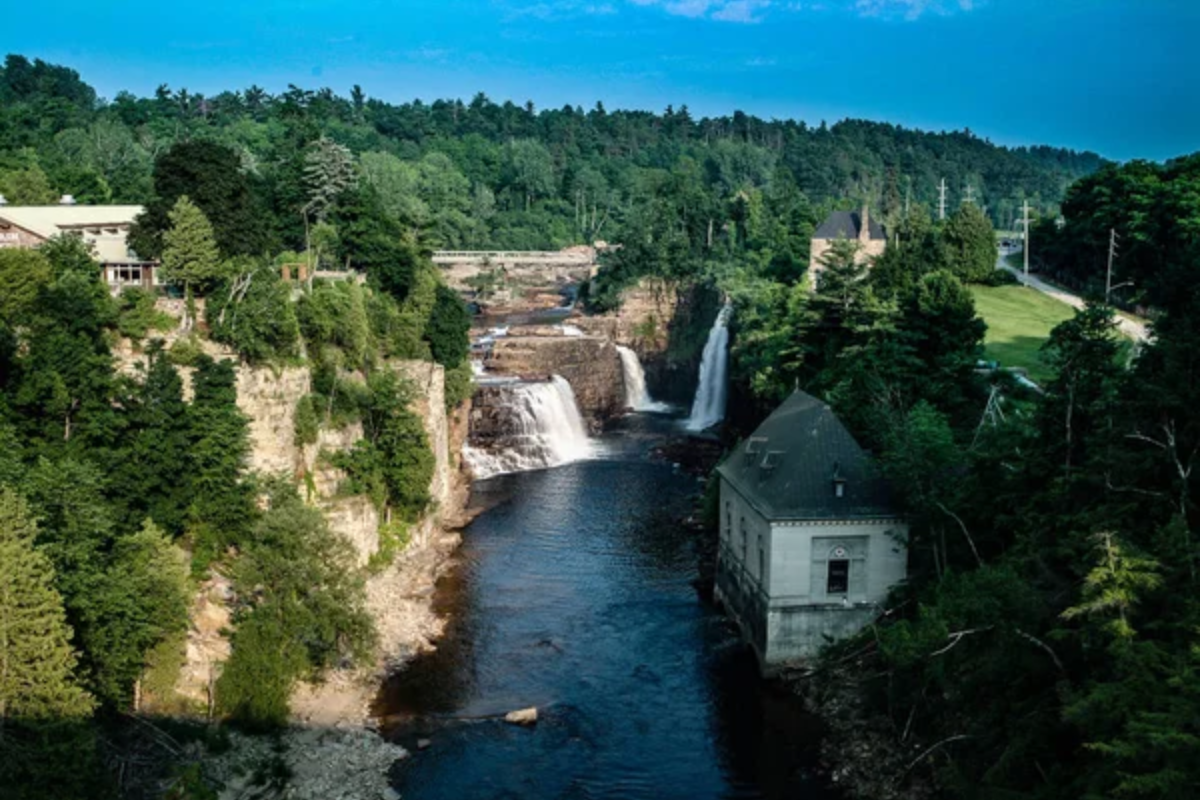
Often called the “Grand Canyon of the Adirondacks,” this dramatic riverside gorge offers multiple trail options through a landscape of towering walls, waterfalls, and unusual rock formations. The Inner Sanctum Trail requires a guide but leads visitors through narrow passages and across bridges suspended directly over the rushing Ausable River.
For independent hikers, the Rim Trail provides dramatic views into the chasm from above, while connecting stairways allow access to certain sections of the canyon floor. The unique trail system combines natural surfaces with walkways and staircases engineered to provide access to otherwise unreachable sections of the canyon.
The variety of trail options means visitors can experience this hidden gem regardless of physical ability or comfort with exposure. During winter, guided snowshoe tours offer a completely different perspective on the ice-adorned chasm.
Like Travel Pug’s content? Follow us on MSN.
Fall Creek Canyon, Oregon
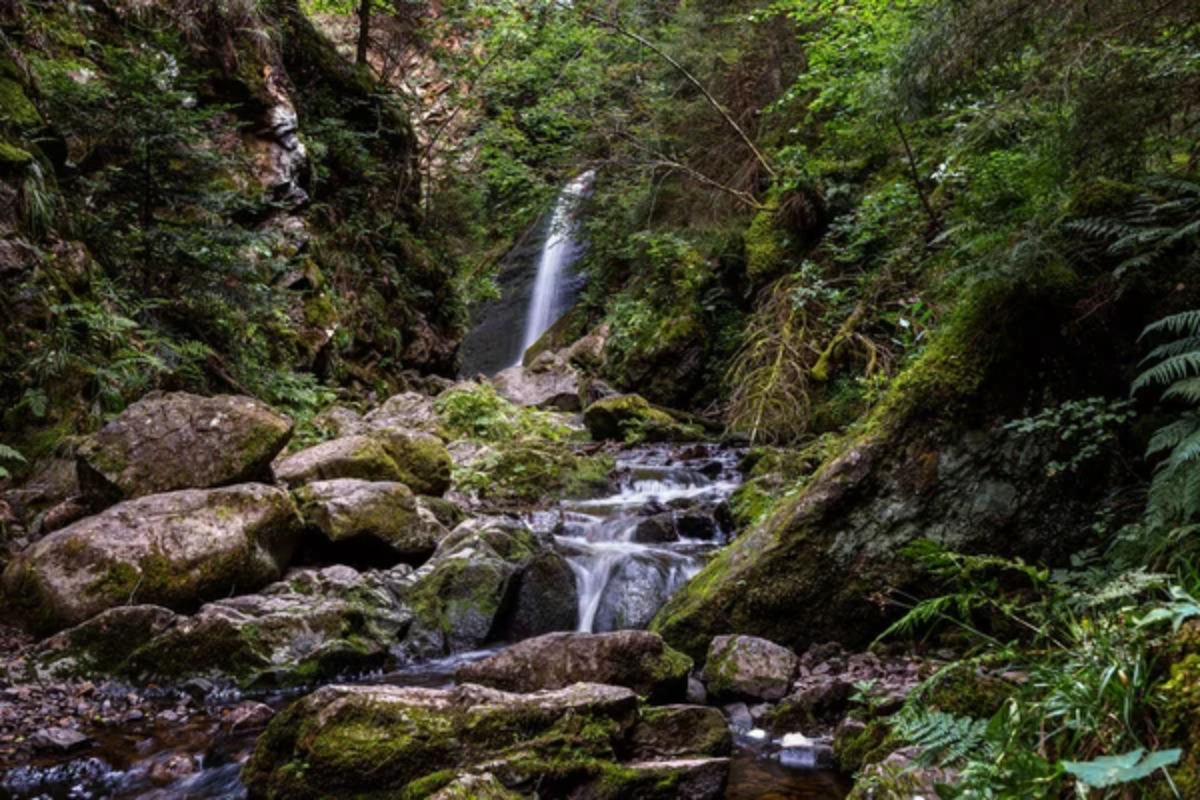
This lush, green gorge near Eugene features a remarkable trail that passes behind a 40-foot waterfall midway through the hike. The Fall Creek Canyon Trail follows the creek upstream through old-growth forest with massive Douglas firs and western red cedars creating a primeval atmosphere.
The path occasionally narrows as it traverses slopes above the creek, but remains accessible to reasonably sure-footed hikers. About two miles in, the trail passes directly behind cascading Slick Creek Falls, allowing hikers to experience the rare sensation of standing behind a waterfall without getting soaked.
Emerald pools along the route invite summer swimming in crystal-clear water naturally filtered through the forest above. The trail’s relatively gentle grade and multiple access points allow visitors to customize the length to match their abilities.
Little Grand Canyon, Shawnee National Forest, Illinois
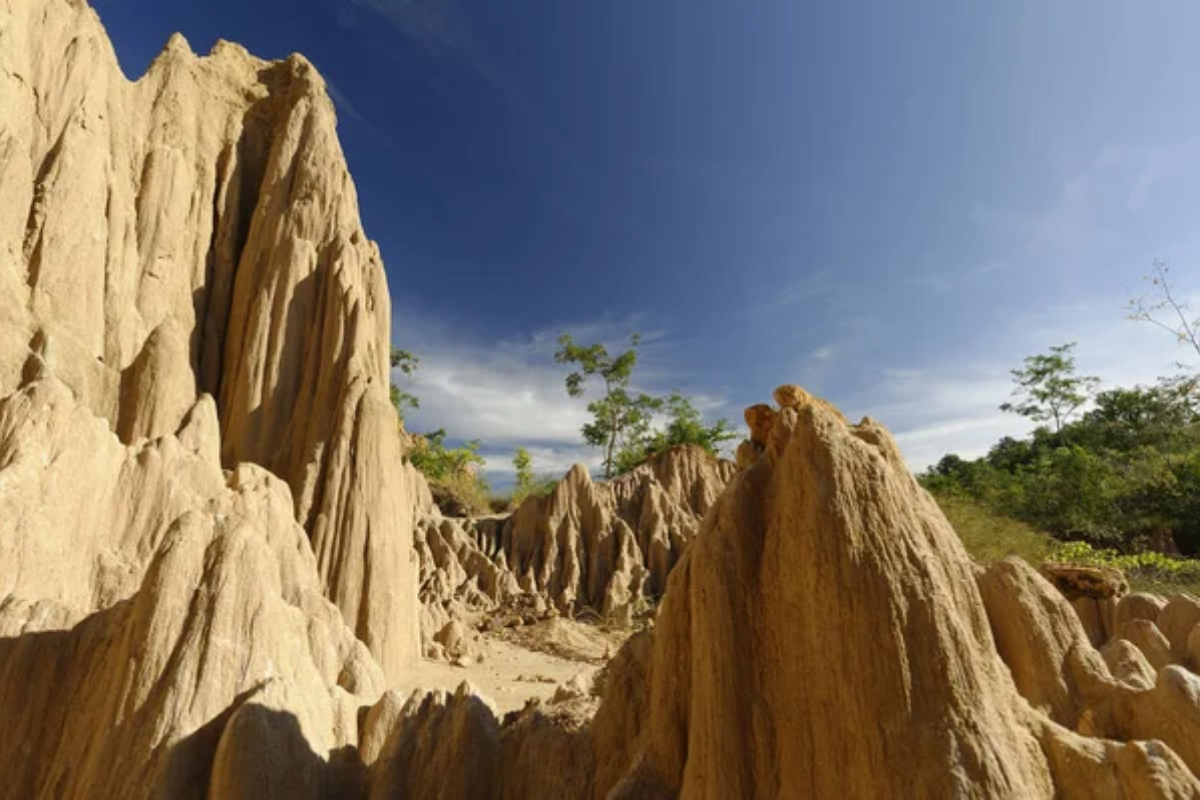
This hidden gem in southern Illinois features colorful badlands and hoodoo formations that seem transplanted from the American Southwest. The 3.6-mile loop trail descends through hardwood forest before revealing stunning overlooks of eroded ravines with multi-colored clay deposits.
During spring, seasonal waterfalls cascade into the canyon, while summer brings lush green vegetation that contrasts dramatically with the red and orange clay formations. Fall delivers spectacular color combinations as the hardwood trees turn against the backdrop of colorful sedimentary layers.
The trail requires careful footing during wet periods when the clay surfaces become slippery, but remains accessible to most hikers with proper footwear. The surprising landscape offers Midwesterners a taste of Western Canyon country without traveling thousands of miles.
Jerusalem Creek Canyon, Wisconsin
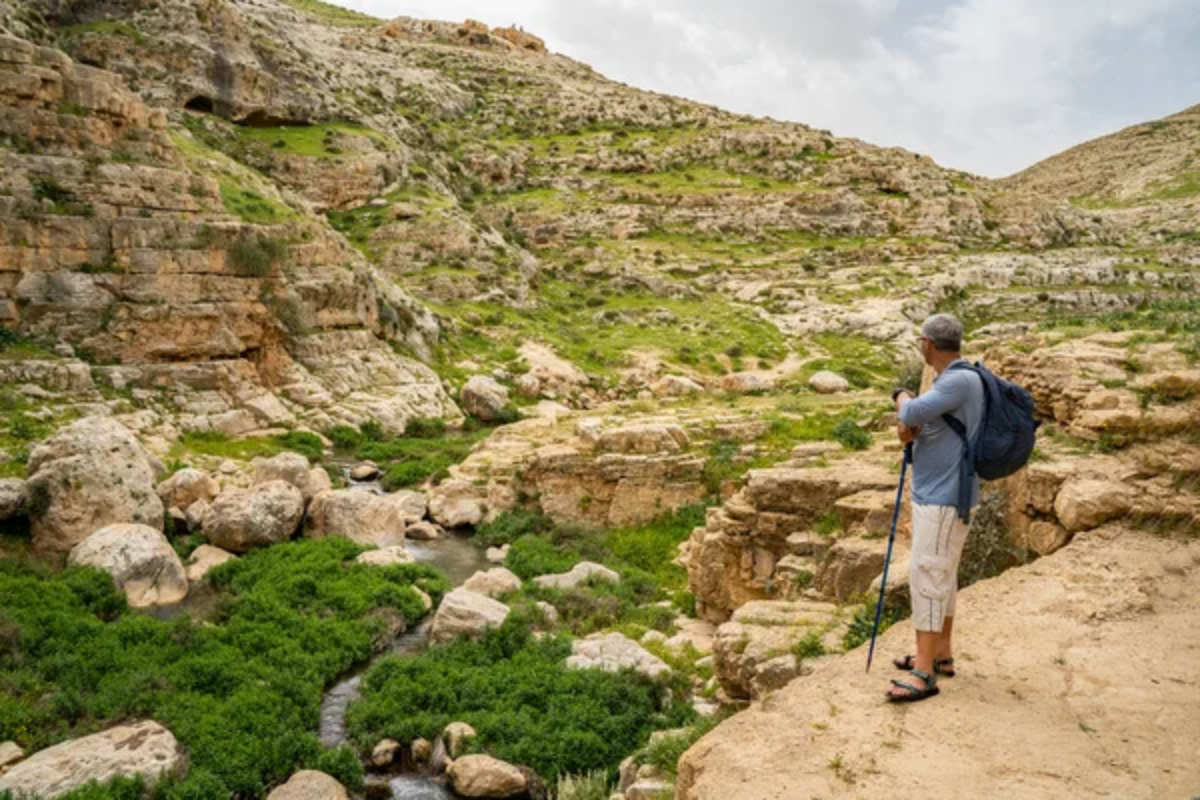
This under-appreciated gem within the Kettle Moraine State Forest features a narrow ravine carved through glacial deposits by a spring-fed stream. The trail follows the canyon bottom alongside Jerusalem Creek, crossing the stream multiple times via simple log bridges or stepping stones.
Fern-covered walls rise steeply on both sides, creating a microclimate that harbors plants normally found much further north. During spring, wildflowers carpet the canyon floor, while summer brings welcome cooling as temperatures remain significantly lower within the ravine.
The relatively flat 2.5-mile trail requires no significant climbing, though occasional muddy sections demand appropriate footwear. The combination of accessibility and natural beauty makes this the perfect introduction to canyon hiking for families and casual outdoor enthusiasts.
Like Travel Pug’s content? Follow us on MSN.
Palo Duro Canyon, Texas
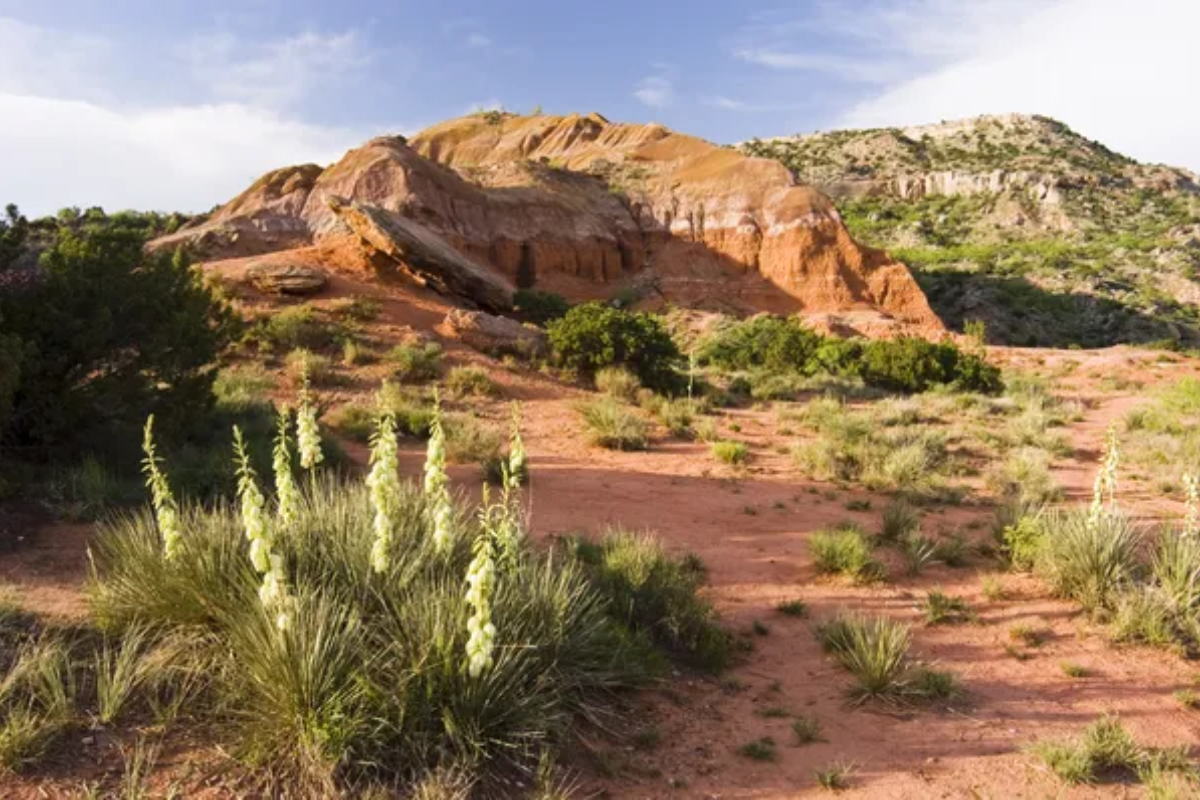
While the second-largest canyon in America might seem too significant to be “hidden,” most Americans remain unaware of this spectacular landscape in the Texas Panhandle. The Lighthouse Trail leads to the park’s signature formation—a 310-foot-tall hoodoo that has become the symbol of Texas canyon country.
The trail crosses colorful badlands reminiscent of areas in Utah or Arizona, passing countless smaller hoodoos and spires along its 5.7-mile round trip. Morning and evening light transforms the canyon walls through progressive shades of orange, red, and purple as shadows shift across the formations.
Despite its impressive depth of over 800 feet, the trail’s modest grade makes it approachable for visitors with average fitness levels. Summer visits require early starts to avoid the dangerous afternoon heat, but spring and fall deliver perfect hiking conditions in this overlooked national treasure.
Nature’s Sculptural Masterpieces
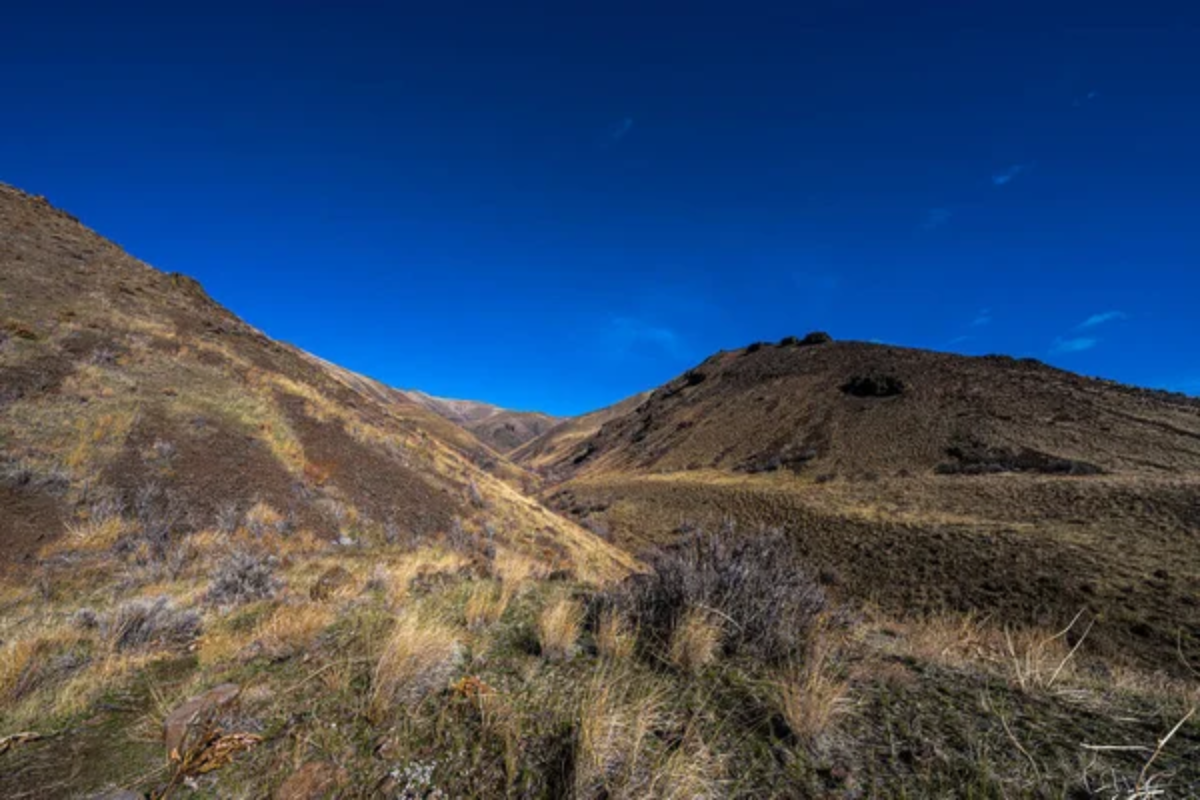
These fifteen hidden canyons represent just a fraction of America’s remarkable geological treasures that remain accessible without requiring technical skills or extraordinary physical abilities. Each offers a unique window into Earth’s processes—the patient work of water, wind, and time transforming landscapes into natural sculptures of extraordinary beauty.
What makes canyon hiking particularly rewarding is the sense of discovery and revelation as trails descend below the surface world into hidden realms shaped by forces that have worked continuously for millions of years. These secluded pathways invite visitors to experience landscapes that feel simultaneously ancient and alive—places where geological processes continue shaping the earth before our eyes through the ongoing dance of erosion and resistance.
More from Travel Pug

- Cities Growing so Fast You Won’t Recognize Them in 10 Years
- 13 Destinations Where Tourists Regularly Regret Their Trip
- 16 U.S. Cities That Are Quietly Becoming Travel Hotspots
- Where to Travel If You Love Long Bus Rides and Daydreams
- 20 Cities Perfect for Solo Travelers Who Crave Adventure & Culture
Like Travel Pug’s content? Follow us on MSN.
